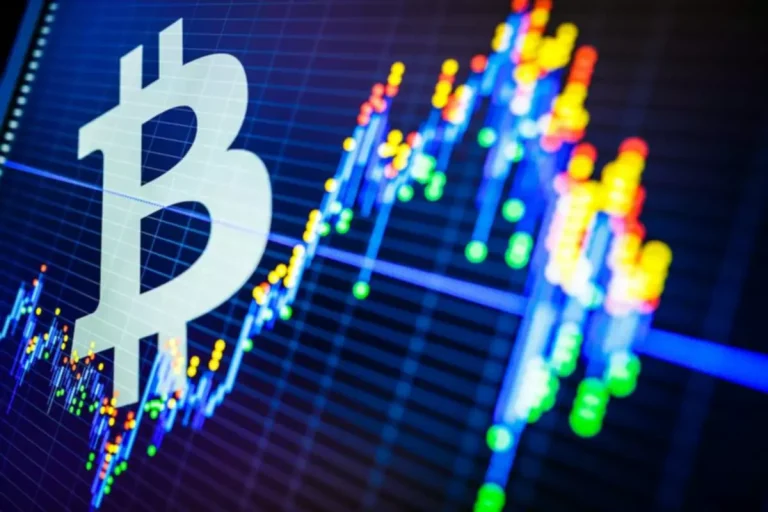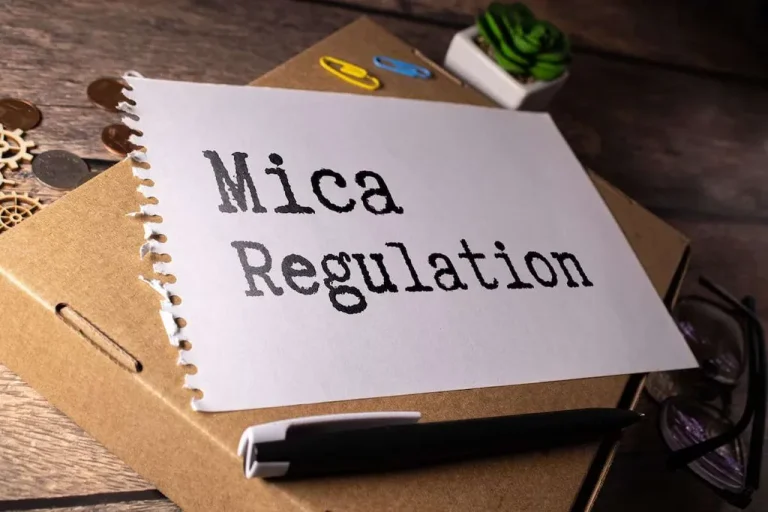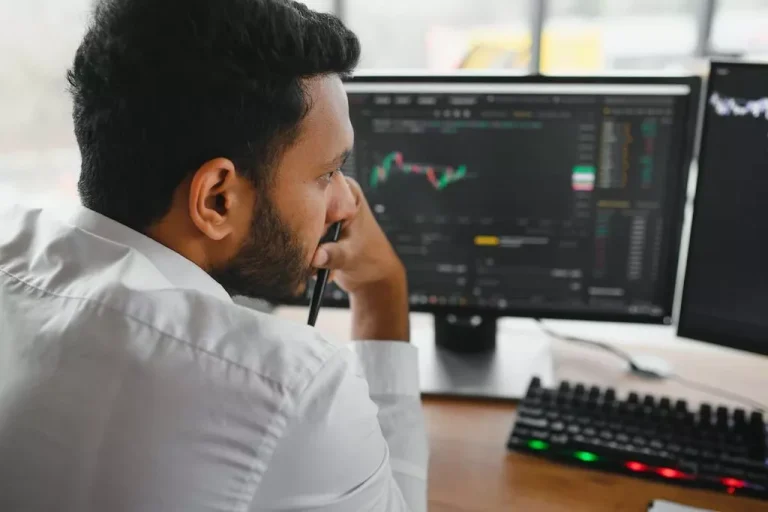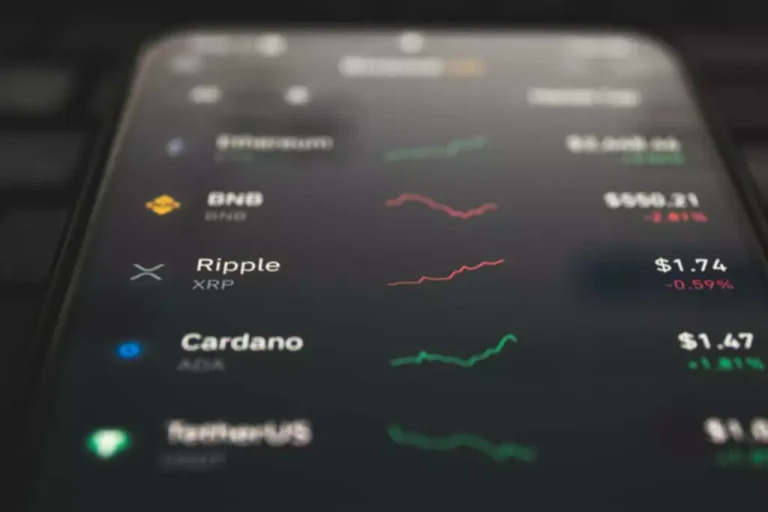While some techniques are versatile sufficient to accommodate fixed modifications, some are not. Those techniques that fall into the latter class will rapidly show redundant. Automated buying and selling methods can fall foul of all the same old software program https://www.multitoolguide.com/how-can-you-modify-your-multi-tool-for-unique-tasks/ challenges, as properly as a mess of technical problems. Internet downtime and connectivity issues can derail buying and selling efforts and forestall 24/7 operation. Meanwhile, unanticipated bugs and coding issues can disrupt basic processes like trade execution. Overcoming these potential issues requires due diligence and additional technical expertise from merchants.
Integrating Artificial Intelligence (ai) Into Automated Trading
In addition, folks usually miss out on potentially successful trades, while an professional advisor seizes every trading alternative. The benefit of a trading robot is that it will not make irrational choices after a couple of unsuccessful trades. On the opposite, he will continue to follow the programmed rules, not succumbing to pressure, greed, worry, the syndrome of lost earnings and different feelings inherent in reside merchants. In principle, it might seem that automated trading software program facilitates the method and is an ideal solution for a novice trader, but in reality the state of affairs is somewhat completely different.
Pro: Quicker Execution And Effectivity Features
One such strategy that has captured the attention of market individuals is automated trading. They require a excessive degree of technical experience to create and deploy, together with continued time and power to remain relevant. If you want to use an automated trading system efficiently, you should decide to continued monitoring and refinement. In flip, trading robots present an opportunity to benefit from arbitrage trading, which may significantly improve your efficiency.
- Automated buying and selling techniques are not fool-proof tools that assure successful buying and selling, although it can be helpful in serving to you make sound decisions within the warmth of a moment.
- Fidelity also offers its personal proprietary analysis, excellent charting, and a good selection of academic resources.
- Automated trading software program conducts trades through APIs, allowing them to work algorithmically, with no handbook input.
- If you’re on the lookout for superior features, the 3Commas platform supplies three plans to select from, depending in your specific wants.
- Algorithmic trading systems are designed to course of vast amounts of market data and execute trades at lightning-fast speeds, often inside milliseconds.
Execs Of Automated Trading Techniques
This digest will answer the questions, highlighting all execs and cons that will help you know what to anticipate alongside the greatest way. Manual trading additionally requires constant attention, which can be mentally draining. And despite platform safeguards, human errors – like getting into incorrect position sizes or value ranges – stay a risk.
Automated trading software program conducts trades via APIs, allowing them to work algorithmically, with no handbook enter. They are probably to malfunction if they experience any mechanical issue such as network connectivity or hindered energy supply. This exciting characteristic of automated software program additionally permits you to look at the expectation rate and approximate potential profits per deal. Simply put, backtesting gives beginners a shot at the market — they get to use a predetermined mannequin that closes and opens trades on their behalf. Another essential issue is the lack of emotions while trading across the markets is all about emotions. If a trader closes several deals negative, the possibilities are this dealer will end up burning his entire deposit.
This scrutiny stems from issues concerning the potential for market manipulation, unfair benefits over handbook traders, and the chance of algorithms amplifying systemic shocks. Regulatory compliance provides one other layer of complexity, as traders and companies should navigate evolving guidelines and necessities. For instance, some jurisdictions have imposed restrictions on specific algo buying and selling strategies, corresponding to HFT, or mandated extra safeguards to prevent market disruptions. Non-compliance can result in hefty fines or trading restrictions, additional complicating the use of algorithmic systems.
As quantum computing know-how develops, it’s expected to unlock new potentialities in predictive analytics, risk evaluation, and commerce execution. Although widespread adoption is still years away, early experiments reveal its potential to redefine the limits of algorithmic buying and selling. The major attraction of automated buying and selling is that it permits traders to execute large volumes of orders at excessive speeds—something that would be unimaginable for a human to realize manually. Automated trading is in style amongst institutional traders, hedge funds, and retail traders alike.
Technical points like system crashes, connectivity problems, or power outages can result in missed trades or unintended positions [2][4]. The Knight Capital disaster in 2012 is a stark reminder of how technical glitches can spiral into huge losses. Penny shares are volatile, speculative, and sometimes illiquid property that commerce for under $5 a share.
Depending on the specific guidelines, as quickly as a commerce is entered, any orders for protective stop losses, trailing stops, and revenue targets shall be routinely generated. In fast-moving markets, this instantaneous order entry can imply the distinction between a small loss and a catastrophic loss in the occasion the commerce strikes in opposition to the dealer. For every firm, Investopedia’s group of researchers and full-time editorial staff analyzed data obtained instantly from firm websites and representatives. Investopedia found Charles Schwab to be the best penny inventory trading app for novice merchants.
It requires careful planning, monitoring, and ongoing adjustments to make sure success. By weighing the professionals and cons, traders could make knowledgeable decisions and determine if automated buying and selling is the right alternative for them. Perhaps the most vital downside to employing automated trading methods in your trading strategy is the increased threat of mechanical failure. Automated trading options are not immune to power losses, laptop crashes, and connectivity issues. Automated buying and selling techniques deliver many thrilling benefits, with velocity and efficiency positive aspects being a few of the most evident. Armed with the power of automation, algorithmic methods permit traders to scale their operations quickly and at comparatively little value.
Unlike human merchants, who could be influenced by feelings and make impulsive decisions, automated trading methods can observe a set of predefined guidelines with none emotional bias. This can lead to faster execution times, which is crucial in a fast-paced market where each second counts. Automated trading platforms have revolutionized the method in which merchants strategy the financial markets. They provide effectivity, objectivity, and the potential for round-the-clock buying and selling.
Finally, there’s a dependency on the accuracy and reliability of the underlying algorithm, which can be vulnerable to errors. Automated buying and selling, also referred to as algorithmic trading or algo buying and selling, has turn into increasingly in style within the financial markets. It entails using laptop programs to execute trades based on predefined rules and strategies. While there are definitely advantages to automated trading, there are also drawbacks that need to be taken into consideration.













